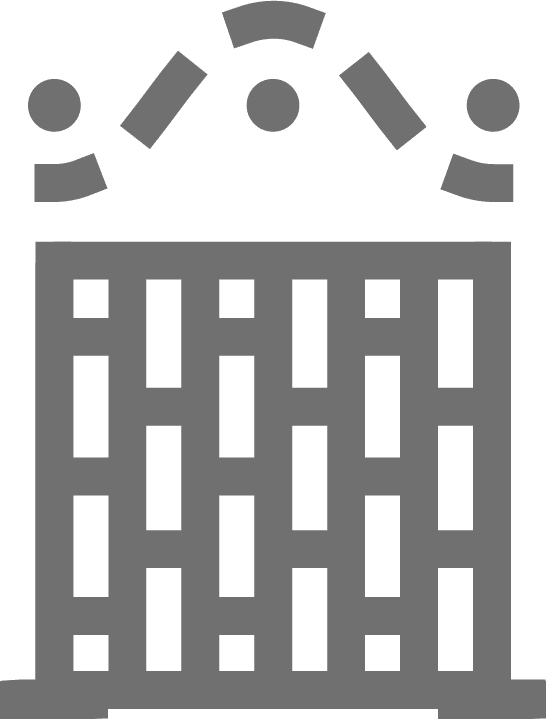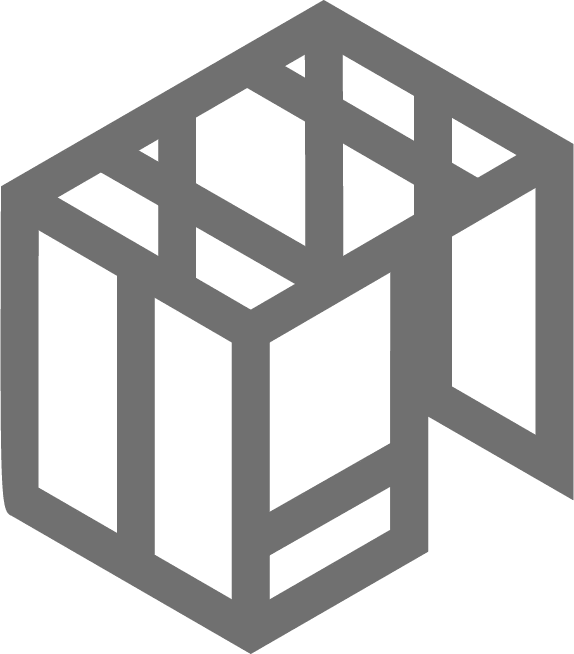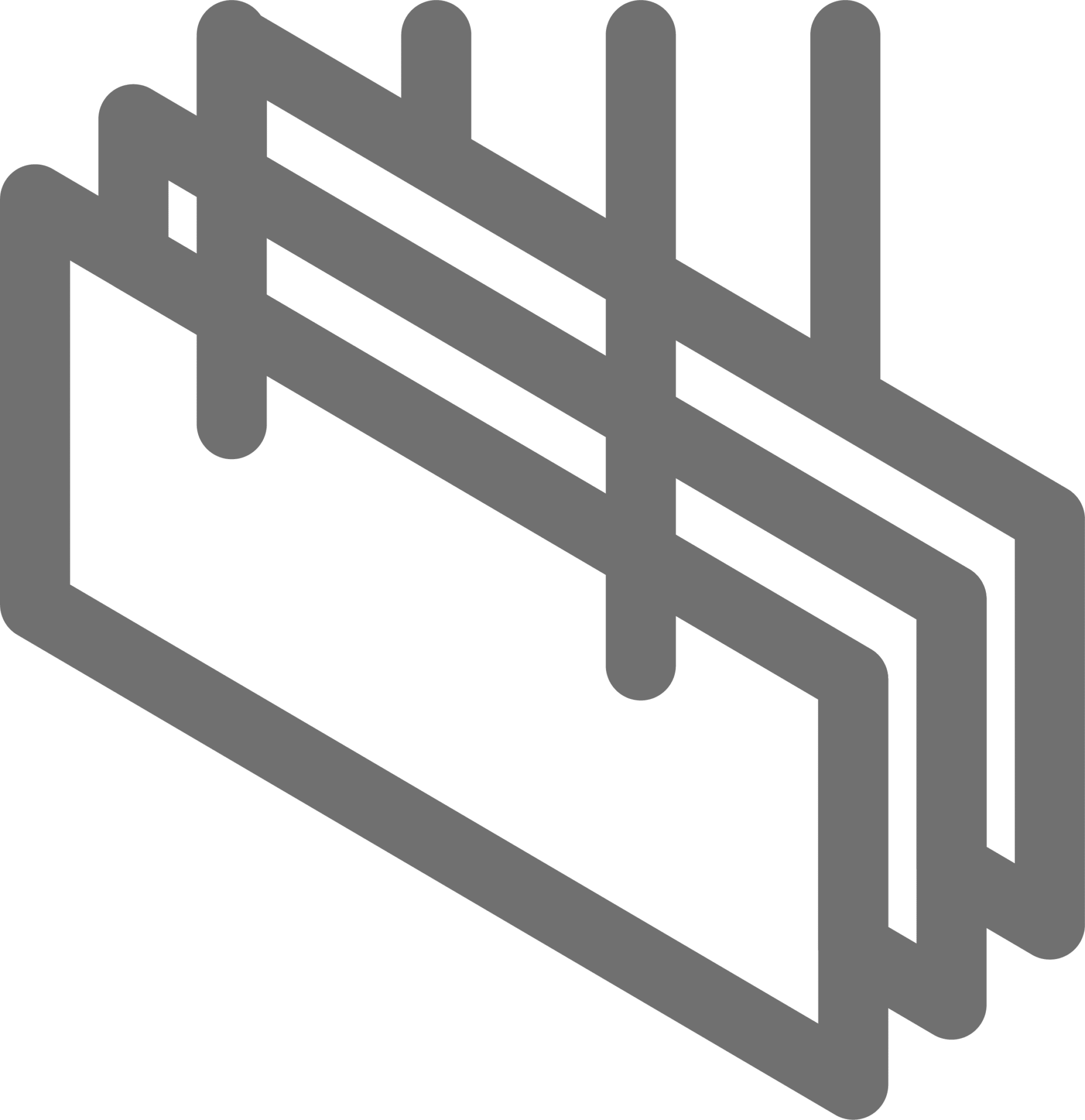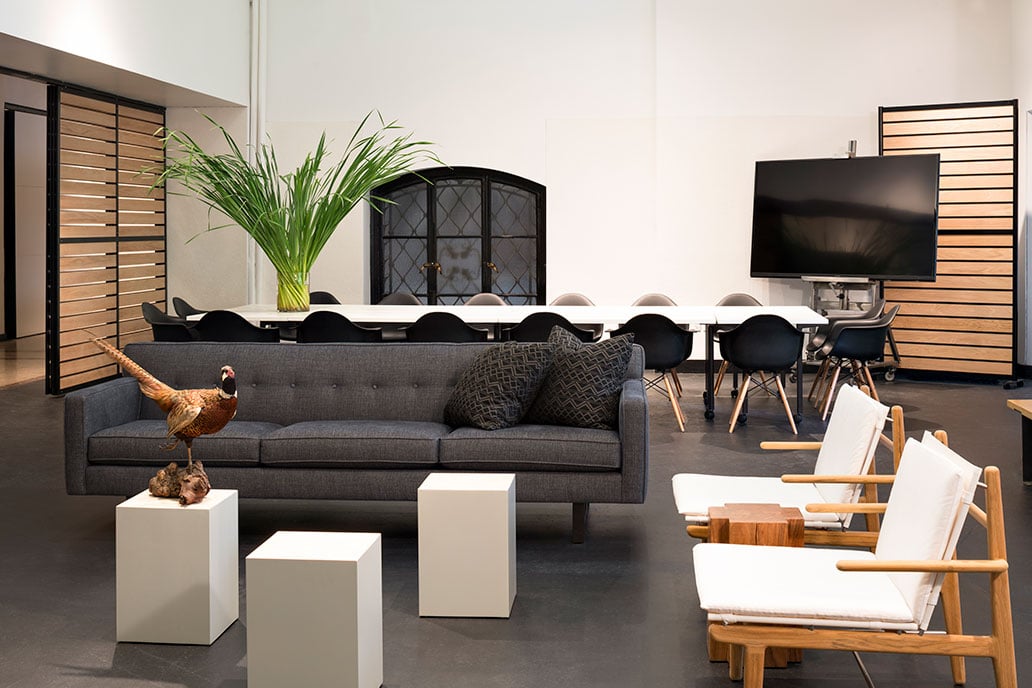Innovative companies are 5 times more likely to have workplaces that prioritize both individual and group work according to Gensler.
The modern workplace is shifting at a rapid pace. The expecations of highly sought-after employees are steadily rising and high-profile companies like Google and Facebook are stepping up to meet the new demands.
Pay and job security are no longer the only considerations, office culture and the overall work experience are quickly becoming a part of the employee decision-making process. For this reason, innovative employers are beginning to devote more energy to the quality of their employee experience.
Cutting edge organizations are beginning to understand how office design affects employee attitudes and how new approaches to design can enhance employee productivity, efficiency and focus.
Technology: A Catalyst for Change
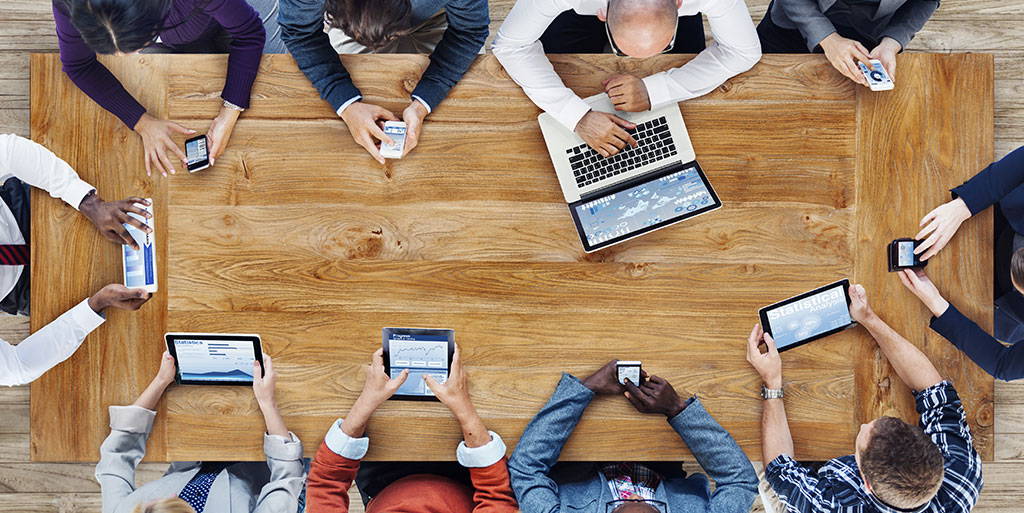
Organizations are adopting more advanced techonology solutions, from video conferencing tools to applications that allow you chat no matter where you are located. This is creating a movement towards more employee autonomy in the workspace. Employers are working harder to not only make the physical office a desirable work, but also allowing a more mobile, activity based style of working.
Employees expect more access to technology, from cloud computing for fast information sharing (think Box, Dropbox, Google Drive, iCloud) to individual laptops that allow the transition between home and work to be almost seamless. Offices are even becoming more transitional with their spaces, utilizing modern office furniture solutions to build meeting area design, individual work spaces that can be shared and lounges to allow employees to work in the way they find most comfortable.
Designing for Wellness

The on-the-go, movement-oriented work culture also turns out to be a healthier work style. Studies show that even regular exercise cannot completely counterbalance the degenerative impact of sitting for multiple hours a day. Employees are becoming aware and employers are slowly adapting.
One of the ways offices help employees add a little more movement to their day is creating different types of spaces where they can spread out and get the job done. This can be done by creating small group meeting areas with wall dividers and using office partitions to build private workstations as well as creating lounges or common areas that encourage creative collaboration.
The Arms Race for a Superior Experience
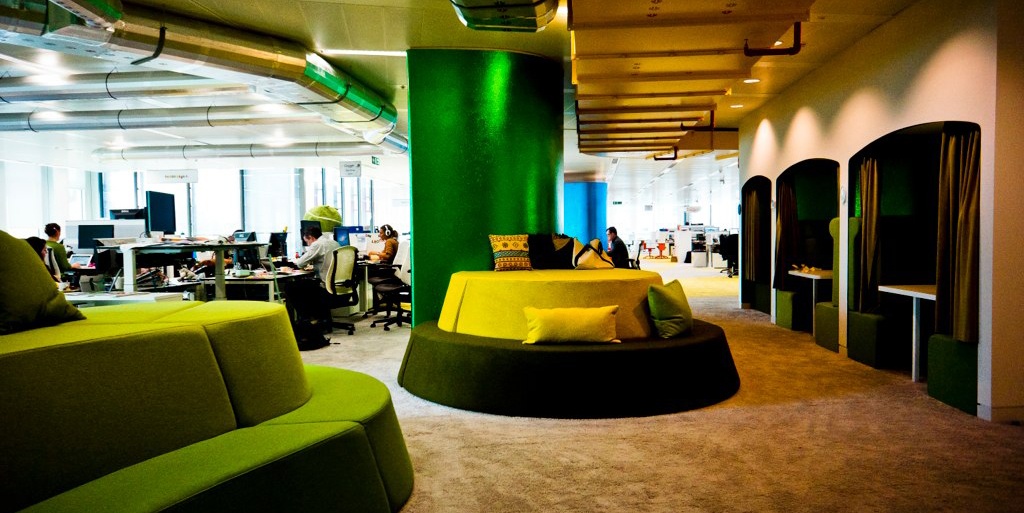
You don’t have to look far to find examples of companies going out of their way to create spectacular employee experiences. Google’s philosophy is to create “the happiest, most productive workplaces in the world.” They allow software engineers to design their own desks, offer free meals and beverages at the Googleplex, and some employees take activity to the next level with treadmill desks. They offer so many free state-of-the-art amenities, it’s easy to see why employees never want to leave.
Not to be outdone, Apple designed a workplace to stand toe-to-toe with its Silicon Valley rival. The tech giant boasts 83,000 sq. ft. of collaboration space, consisting of traditional meeting rooms and breakout spaces. They can also take advantage of a 100,000 sq. ft. fitness center with its own physical therapy and training staff at the ready.
While most companies cannot afford these amenities, smaller-scale solutions are available to help any organization create the optimal employee experience.
The Millennial Factor
As Millennials close in on becoming the majority generation in the workforce (75 percent by 2025), business owners are already scrambling to understand how to design offices to bring out the new generation’s potential. Business owners, managers and designers have begun to accommodate to the Millennial preference for an egalitarian workspace. Incorporating a mix of standing desks, isolated “phone booth” areas, cafes and casual “powwow” meeting areas give younger workers the option to work how and where they are most productive.
From a design perspective, the office must match the intense fervor Millennials feel for work autonomy. This doesn’t mean an open office free-for-all set-up, but rather using office partitions and office furniture to build respites from distractions. When technology is at the center of every workflow, virtual privacy is already hard enough to achieve. When this is compounded by a lack of physical privacy (audio/visual), productivity levels can drop drastically, potentially costing companies thousands.
To keep Millennials, and really all employees, engaged with their work, there needs to be a focus on finding solutions that allow for a productive, happy and effective work environment.



